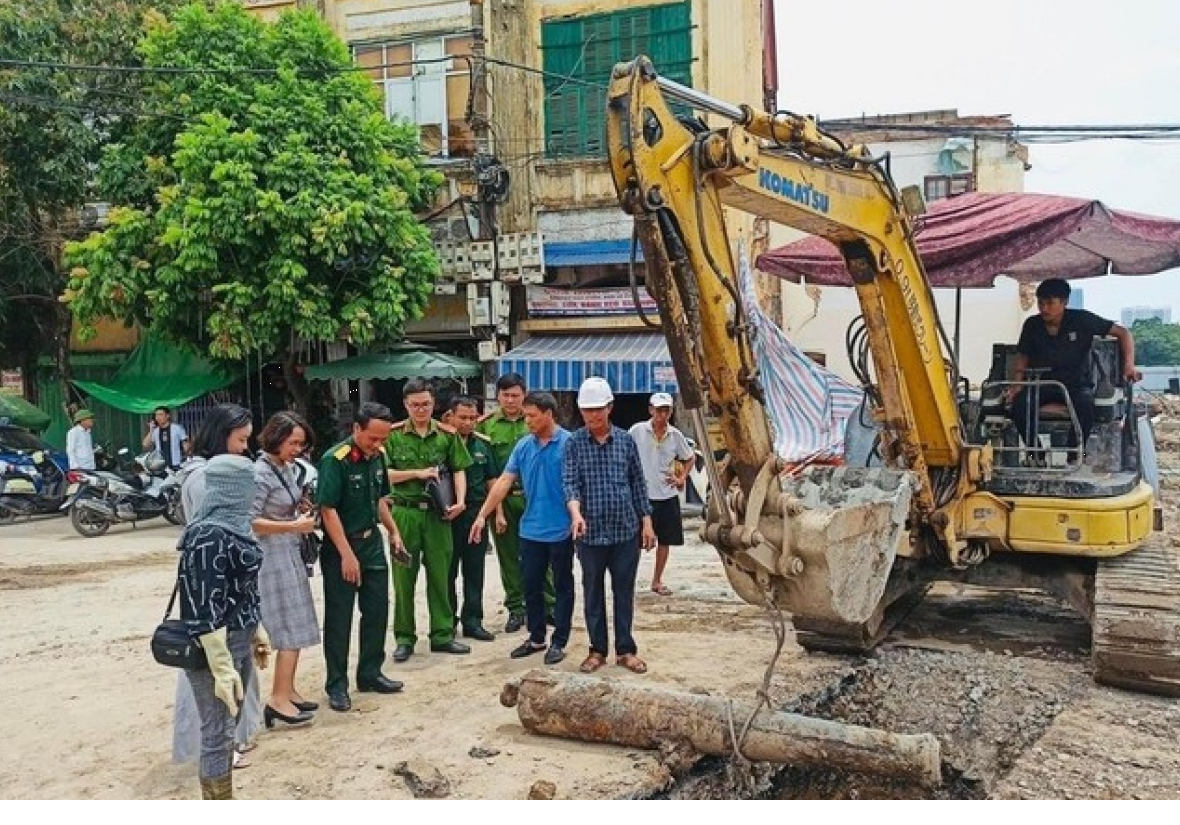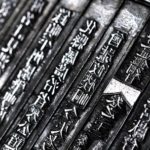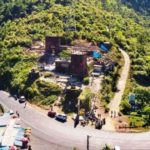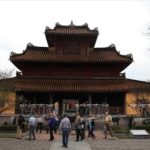On July 16, during the excavation for the Tam Bac River Renovation Project (Phase 2), construction workers made a surprising discovery. They unearthed a gun while digging a trench to install the sewer.
The authorities were promptly informed, and they quickly arrived at the scene. After examining the gun, they determined that it was a cannon. The cannon was then handed over to the Hai Phong Museum for preservation.
Bui Thi Nguyet Nga, the director of the Hai Phong Museum, shared that from the initial examination, the cannon seems to date back to the 19th century during the reign of King Tu Duc. It is believed that the gun played a role in the construction and protection of Ninh Hai wharf in Hai Phong.
“Upon preliminary examination, this cannon appears to be similar to some of the Nguyen Dynasty cannons currently on display at our museum. We will further study and research this newfound gun,” said Nga.
Prehistoric archaeological discoveries exhibited in Thai Nguyen
NDO – New archaeological discoveries from prehistoric times found in Thai Nguyen are on display at an exhibition that opened at Thai Nguyen provincial Museum in Thai Nguyen city, the capital of the province, on May 15.
Spratly and Paracel Islands on the Hue Nine Dynastic Urns
Hue’s nine dynastic urns are not only national treasures indicating the authority and power of the Nguyen Dynasty, the final feudal dynasty of Vietnam, but also evaluated as a geographical book, a unique encyclopedia of Vietnam in the early 19th century. In particular, on the nine dynastic urns, many names of mountains, rivers and marine islands of Vietnam are shown quite clearly and convincingly. This shows that our ancestors had deep awareness of national sovereignty, including marine islands.









